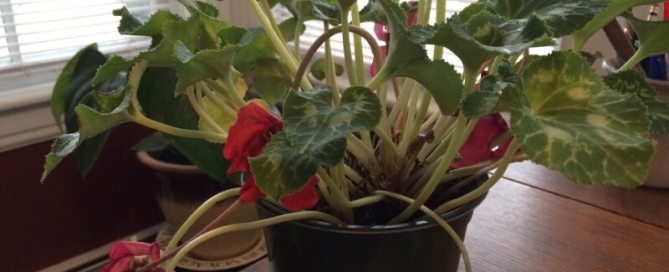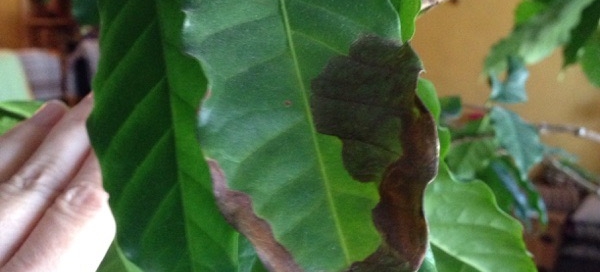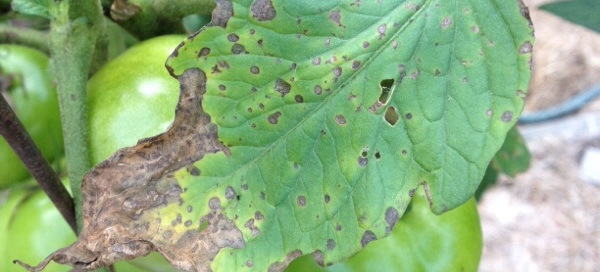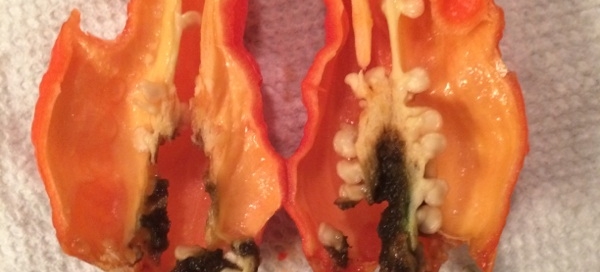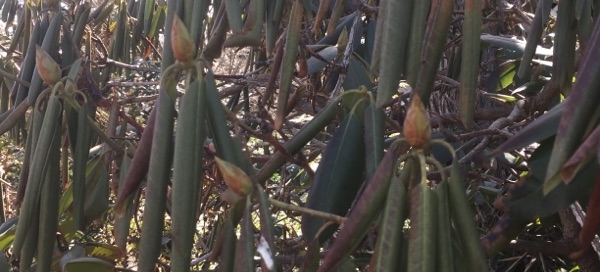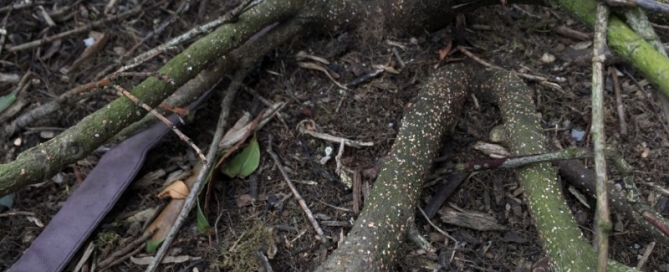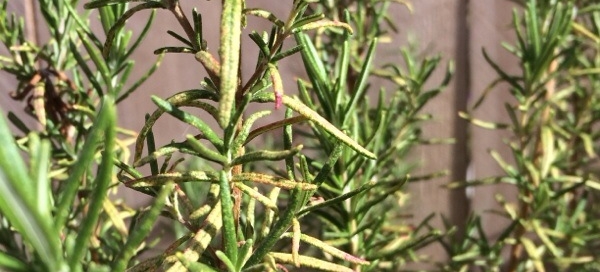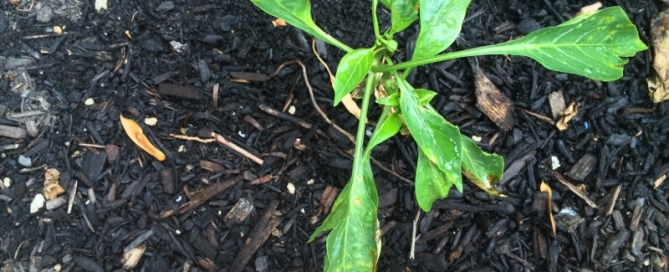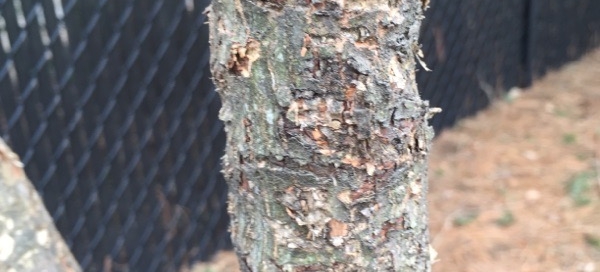Cyclamen Woes
Although cyclamen are beautiful, winter flowering plants they are not the easiest to care for. Your plant looks like there are probably a couple of things that are making it unhappy. Here is what you need to provide for a long-lived cyclamen, although know that even those plants that people keep in flower and healthy through the winter often go into a dormant period and stop flowering in the spring. This is not a plant that flowers continually.
1. This plant needs to be in a very bright location - an eastern window is ideal. If you have southern or western exposures put it near but not directly in those windows, and keep the shades open.
2. Cool temperatures. This plant gets leggy and stops flowering in warm temperatures. So if your house is heated to 70 or above it's likely to go into decline.
3. Bottom watering. You may already be watering this way, but what is best is to fill a bowl with water, put the pot in that bowl for an hour, and then take the pot out and let it drain into a saucer. Don't leave the pot in standing water for more than a couple of hours.
4. Don't ever let the plant get so dry that the plant wilts. When this happens the buds that are growing dry up and don't recover. Some plants are forgiving and bounce back if they go dry and wilt, but a cyclamen isn't one of those.
5. Be on the lookout for insects. This photo isn't close enough for us to see any signs of cyclamen mites or whitefly but you should watch for fine white "litter" on the foliage or sticky leaves or table under the plant. If you see signs of this ask for a miticide or insecticide at your local garden center.
